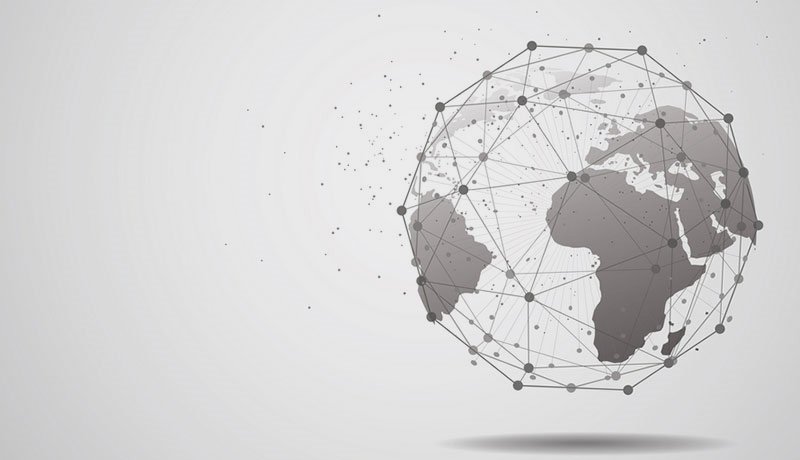19 January 2025, Sun |
9:47 PM

Sustainability is the need of the hour, with various programmes in the Middle East and globally now devoted to reducing carbon emissions. Most recently, leaders who met in Glasgow for the COP26 summit pledged to limit global temperature rise to below two degrees Celsius this century. Sustainability is not only a current priority on many Middle East government agendas, but is also one of the core themes of the Arab world’s first world Expo.
One outtake of these recent events is that decarbonising the planet will require the world to fundamentally rethink how we generate power, and how nations manage their future infrastructure. Many countries are now laying a path for net-zero emissions in the coming decades. A new breed of digital technologies could prove essential to this task.
The world recognises that clean power sources such as solar and wind are critical if we stand a chance of cutting global carbon emissions, as around 40% of the world’s carbon emissions today come from electricity systems. Experts at McKinsey have echoed how, as the power-generation industry shifts to the next normal, adopting the latest digital and advanced-analytics technologies has become critical.
The reality is that renewables such as solar and wind power are currently unstable in many countries because they are intermittent and fluctuating. As just one example, the energy storage systems needed to stabilise these grids have traditionally relied on lithium batteries. Their inconsistency results in problems all of their own, including low available capacity, short service life, and potential safety hazards. Moving forward, digital and power electronics technologies can help solve the unreliability related to lithium batteries.
This is just one example. Ultimately, the electricity and power sectors need a comprehensive ICT solutions kit to reach their emissions goals.
As enterprises in the Middle East progress in their own digital transformation mindset, companies like Huawei Digital Power are seeing the region as one of strategic importance to contributing to this low-carbon society. “We believe that the energy sector has now truly entered the digital power era,” notes Charles Yang, SVP of Huawei and President of Global Marketing, Sales and Services at Huawei Digital Power.
For its part, Huawei Digital Power sees an opportunity to deeply integrate digital and power electronics technologies to create low-carbon energy solutions covering the whole energy flow, from green power generation to efficient power consumption. This is embodied in its philosophy to use bits to manage watts. In June 2021, Huawei and Informa Tech even proposed the Network Carbon Intensity (NCI) initiative, in which carbon emissions per bit of data is defined as a new metric for green networks.
Rethinking how we generate, store, and manage electricity systems is only part of the solution. With digitization now a centerpiece of many countries’ national development visions, this expanding ICT infrastructure is pushing energy demands upwards. The design and management of national ICT infrastructure are thus critical to meeting countries’ future sustainability goals.
By 2030, for instance, Huawei has estimated that humanity will enter the era of YB data (1 YB = 1000 ZB). The amount of new data generated worldwide will reach more than 20 times that of 2020. At the same time, IDC predicts that companies’ spending on public cloud services will grow 26.7 percent in the region within 2021 alone.
The proliferation of both data and cloud-based services will result in spikes in the power consumption of the region’s underlying data centers. Data centres had already accounted for approximately one percent of global power consumption in 2019. This could rise to a fifth of all power generated worldwide by 2025.
It is encouraging to see that leading global cloud operators have made carbon neutrality declarations and committed to clean energy to power their infrastructure. Google, for example, has set the goal to power its operations entirely with carbon-free energy by 2030. Companies like Huawei Digital Power are also helping the ICT sector to save energy and reduce emissions. As of September 30, 2021, Huawei Digital Power had helped its customers generate 443.5 billion kWh of green power, save 13.6 billion kWh of electricity, and reduce carbon emissions by 210 million tons, which was equivalent to planting 290 million trees.
Whether it is electricity systems, ICT infrastructure, or even transportation networks, the race to net-zero is clearly on. Digital and power electronics technologies will play an undeniable role in this race. But success will also rely on a global coalition of industry partners to build a smarter, low-carbon society.